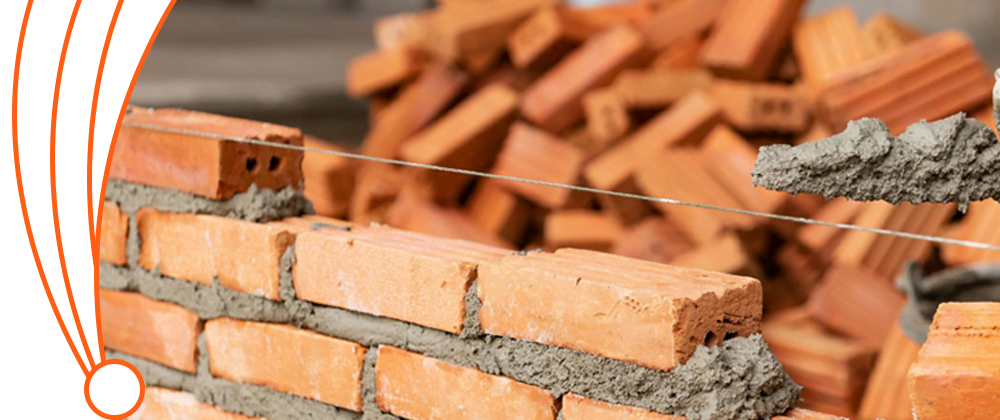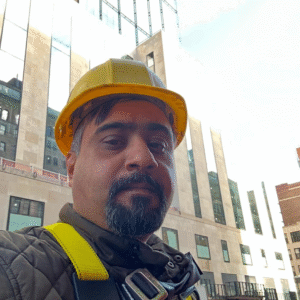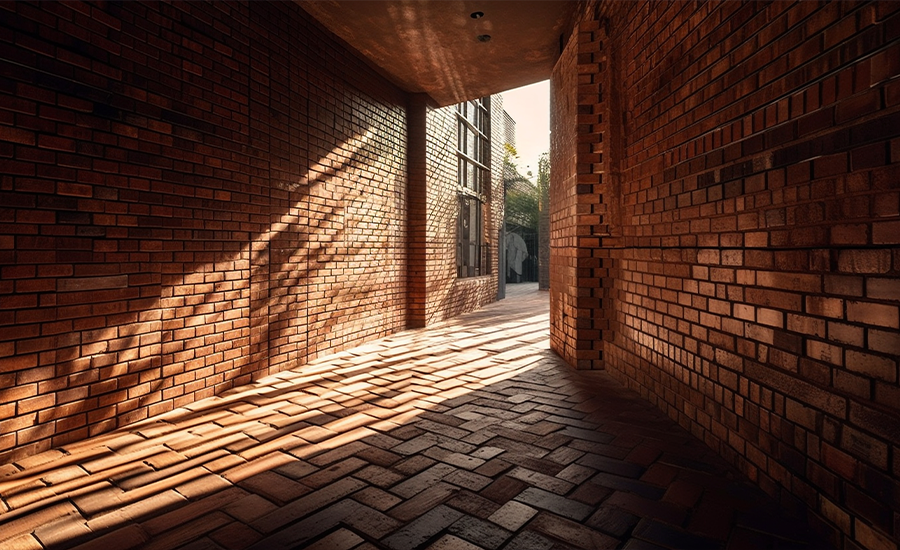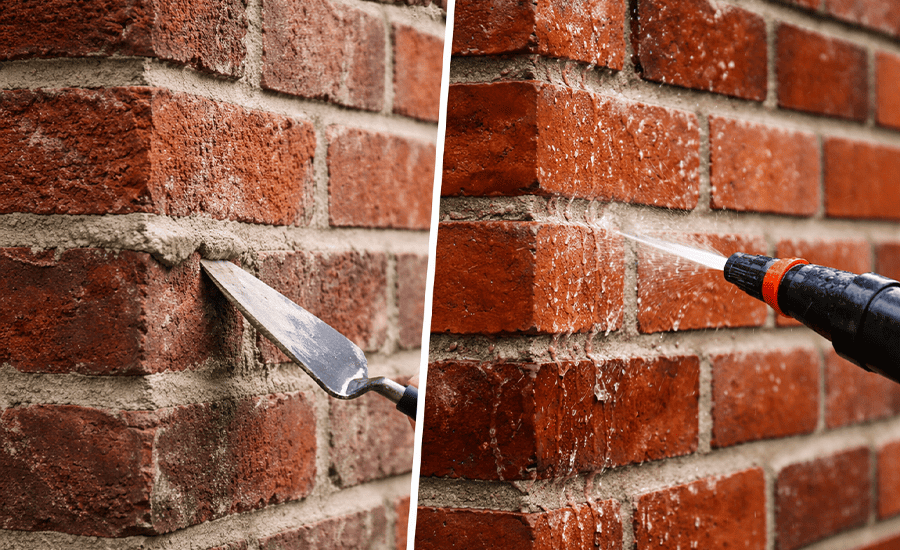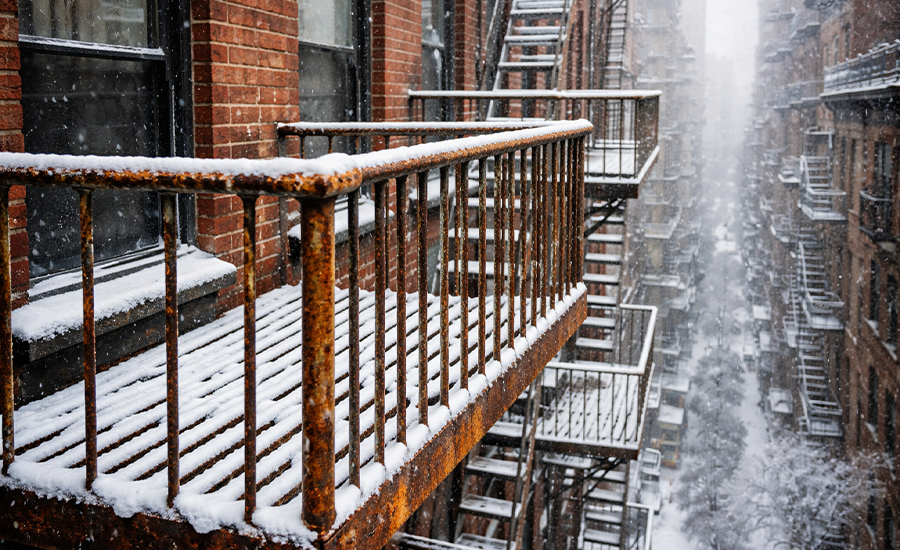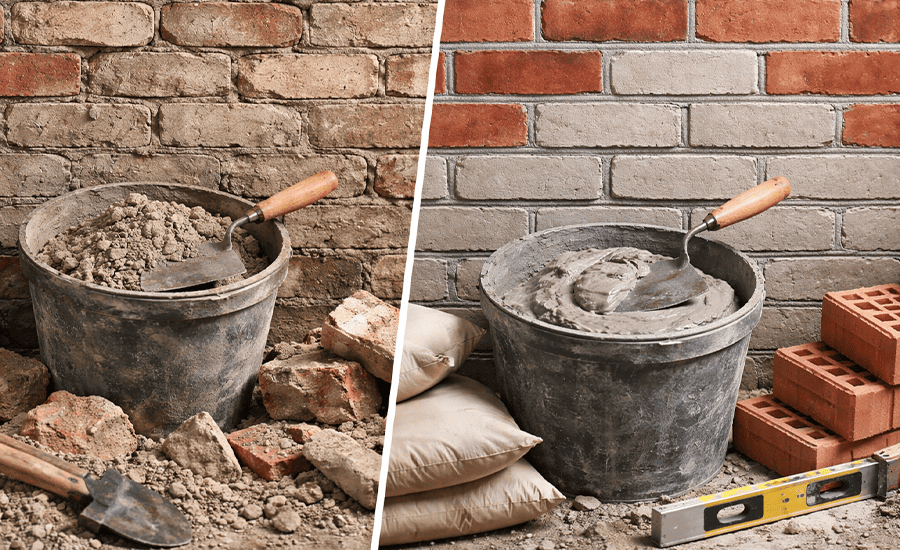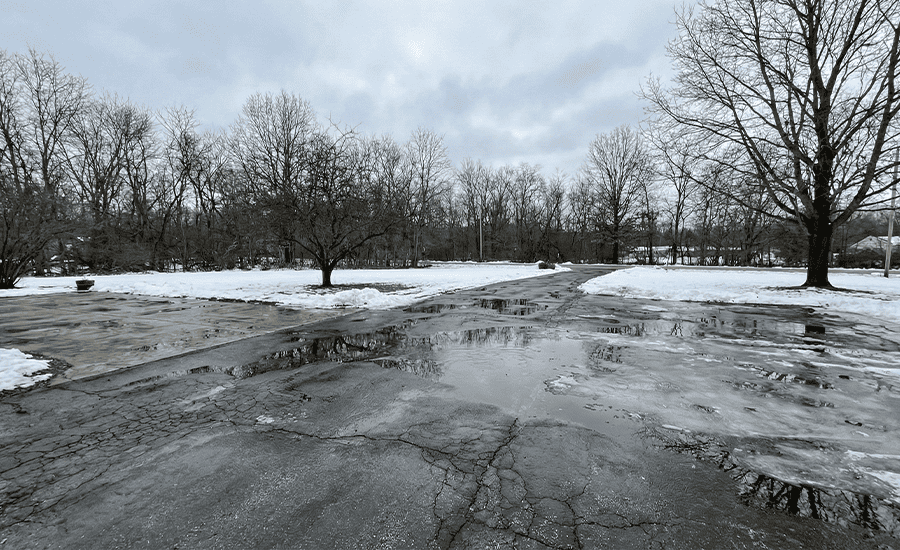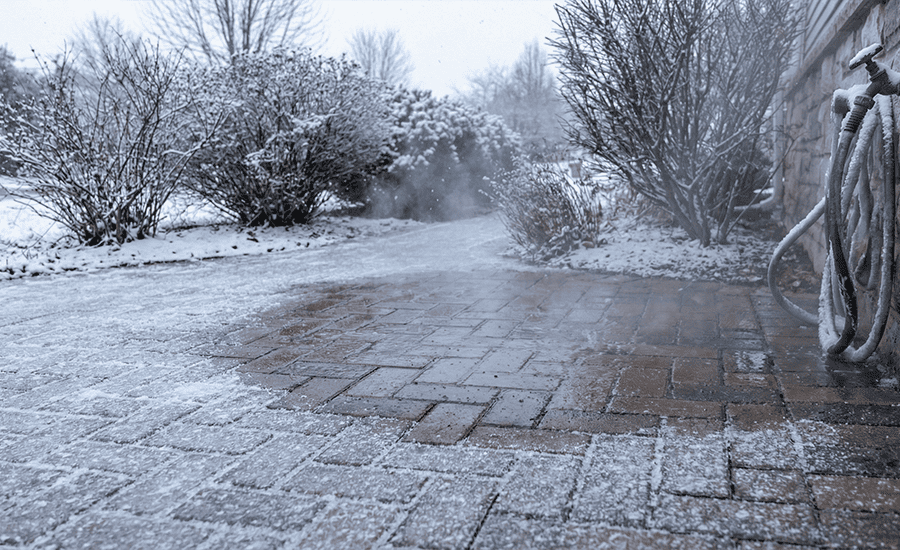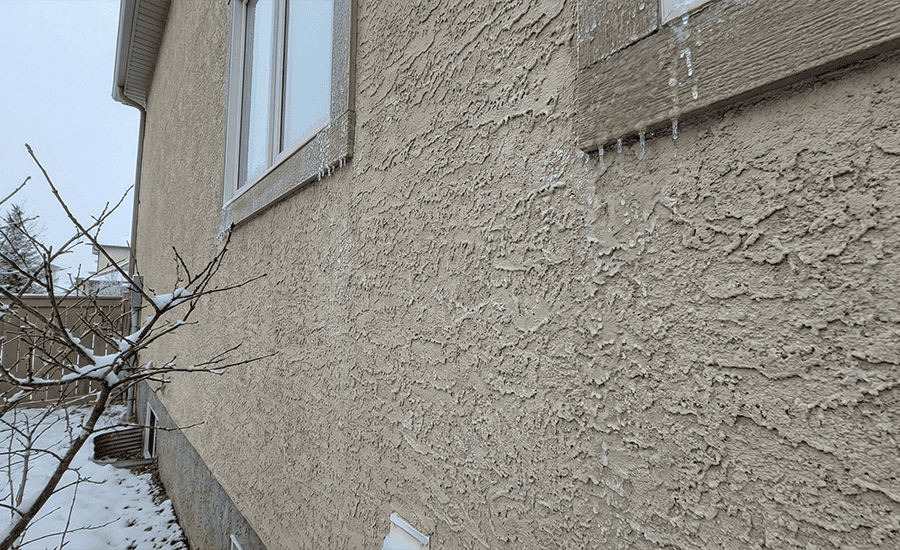Neglecting proper brick-tuckpointing methods will cause extensive problems in the long run. Water intrusion occurs when mortar joints fail, so bricks become vulnerable to moisture, triggering cracks, spalling, and unleashing water damage. Thanks to water exposure through non-tuckpointed mortar joints, the structural stability of brickwork suffers from decreased strength.
Irregular maintenance allows moisture to affect brickwork, resulting in mold development. At the same time, bricks deteriorate and become an expensive site where builders may need to replace critical construction sections. Building strength while protecting structures from additional deterioration through tuckpointing saves substantial future maintenance costs.
Through routine maintenance, such as tuckpointing, your walls will stay durable and beautiful while maintaining their resistance to external weather conditions for years.
To fully understand the importance of masonry repair and restoration, explore our detailed guide on what are masonry repair & restoration services.
What is Tuckpointing?
The specialized masonry procedure of Tuckpointing requires removing decayed mortar from brick connections to insert fresh mortar materials. The procedure rebuilds structural accuracy and visual attractiveness in brick structures. The process typically includes the precise application of two different mortar colors: one that matches the bricks and another that creates the illusion of thin, perfectly straight joints, mimicking the original craftsmanship.
The purpose of tuckpointing is twofold.
- It reinforces the structure’s stability by filling gaps and preventing further mortar erosion, and it enhances the brick pointing aesthetic appeal by giving it a clean, polished look.
- Proper tuckpointing helps seal joints against moisture infiltration, a leading cause of cracks, spalling, and long-term structural damage. Tuckpointing extends brickwork’s lifespan by addressing both functional and visual concerns while maintaining its timeless charm.
Understanding tuckpointing helps ensure the right maintenance for brick structures. Learn more about the purpose of brick pointing to see why it plays a key role in masonry longevity.
The Importance of Tuckpointing for Brick Structures
Tuckpointing protects brick infrastructure against durability failure and safety concerns while preserving its visual appeal. Mortar joints gradually break down because of weather exposure, changes, and moisture effects. Brickwork that deteriorates because of various factors puts building structures at risk from water infiltration, leading to foundation weakening and severe problems such as cracks and significant structural damage. Through tuckpointing, builders replace weakened mortar joints to enhance structural strength while protecting the building against water damage and foundation deterioration.
The tuckpointing process creates more than structural benefits because it simultaneously improves how brickwork looks. Fresh uniform mortar joint replacement refreshes the visual appearance of structures through walls, facades, and chimney sections, making them present as properly maintained buildings. The complex maintenance approach of tuckpointing allows historic buildings to maintain their original appearance and landmark elements and strengthens their structural integrity for multiple generations.
Ultimately, tuckpointing is a proactive maintenance solution that protects against costly repairs, extends the lifespan of brickwork, and ensures a safe, stable, and attractive property.
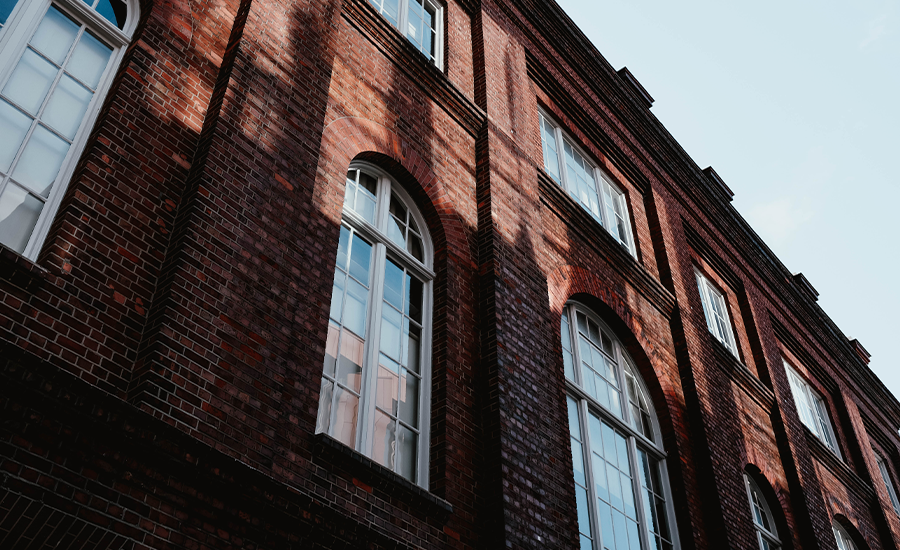
Regular tuckpointing also plays a crucial role in extending brick lifespan. Find out how long brick pointing should last before major repairs are needed.
Consequences of Neglecting Tuckpointing
Failure to perform tuckpointing service results in severe damage that harms the longevity and durability of brick buildings. Unattended mortar degradation enables moisture ingress, which causes various building complications to escalate when no repair efforts are made.
Water Damage
When mortar joints erode, water can seep into the brick, absorbing moisture. This leads to issues like mold growth, efflorescence (white, powdery stains), and potential water damage to the interior of the building. Prolonged exposure to moisture can also cause the bricks to crack or become loose.
Water damage from failing mortar can escalate quickly. Learn how deep brick pointing should be to prevent further deterioration.
Structural Deterioration
Damaged mortar joints from improper tuckpointing expose the entire building structure to elements such as wind and changing temperatures. Duration without tuckpointing creates unstable conditions, which result in brick displacement and undermine structural stability, possibly causing entire wall or façade sections to fall apart.
Tuckpointing is essential for structural integrity. Discover why repointing is necessary for brick maintenance.
Increased Repair Costs
Later recognition of mortar joint deterioration leads to severe brickwork damage that entails expensive remedial work and potential whole-area replacements. The delay in maintenance causes fix costs to rise proportionally.
The cost of tuckpointing depends on various factors, from labor to materials. Get a breakdown of pricing here.
Decreased Property Value
Building neglect produces visible problems, including crumbling mortar and uneven joints, substantially decreasing a property’s attractiveness. A side effect of extensive property repairs is that potential homebuyers tend to stay away, bringing down your property’s sales worth.
Energy Efficiency Loss
Cracks in mortar joints lead to both air leakage and heat loss, which increases the difficulty of achieving thermal comfort indoors. Inefficient operation consumes additional energy and raises utility expenses to maintain operational consistency of heating and cooling systems.
We offer masonry restoration services across various regions. Check our service areas to find expert tuckpointing near you.
Wherever you are, Sardar Restoration Corp’s services are tailored to meet local needs. Contact us today at (+1) 917-355-8556 or sardarrestoration@gmail.com, or visit us at 2770 Fish Ave, Bronx, NY 10469, United States. Let us bring excellence to your next project!
FAQs
Why do bricks start crumbling if tuckpointing is ignored?
When mortar deteriorates, moisture seeps into the bricks, weakening their structure from within. Over time, this trapped moisture causes the bricks to soften, crack, or crumble, leading to expensive replacements.
Can skipping tuckpointing cause indoor damage?
Yes, neglected tuckpointing allows water infiltration, which can lead to mold growth, damp walls, and interior structural weakening. This not only affects the exterior but also reduces indoor air quality and insulation efficiency.
How does extreme weather impact bricks that aren’t tuckpointed?
In cold climates, water trapped in deteriorated mortar joints freezes and expands, causing bricks to shift or crack. In hot and humid weather, constant moisture exposure speeds up mortar erosion, reducing the brick’s durability.
Is it possible to reverse brick damage if tuckpointing is delayed?
In early stages, minor damage can be repaired with proper tuckpointing, but if ignored for too long, full wall reconstruction may be required. Timely tuckpointing prevents major structural failures.
